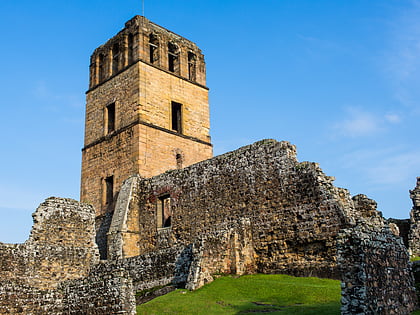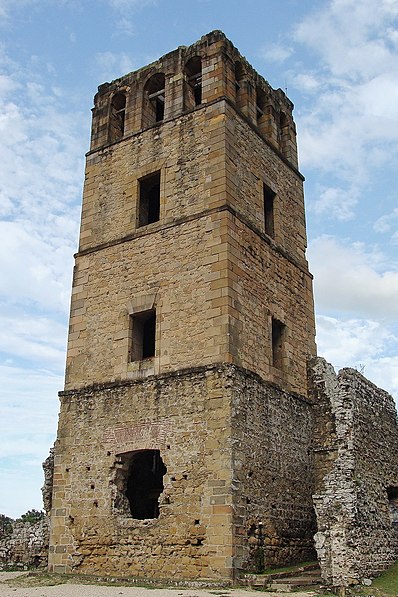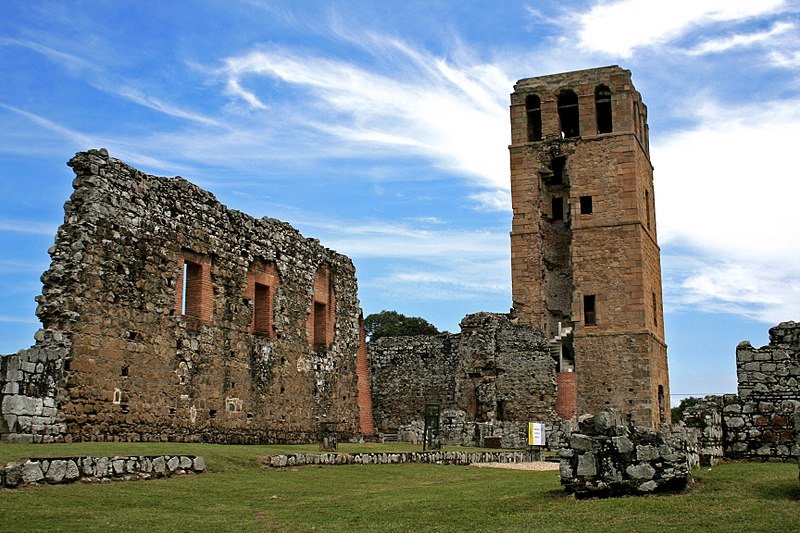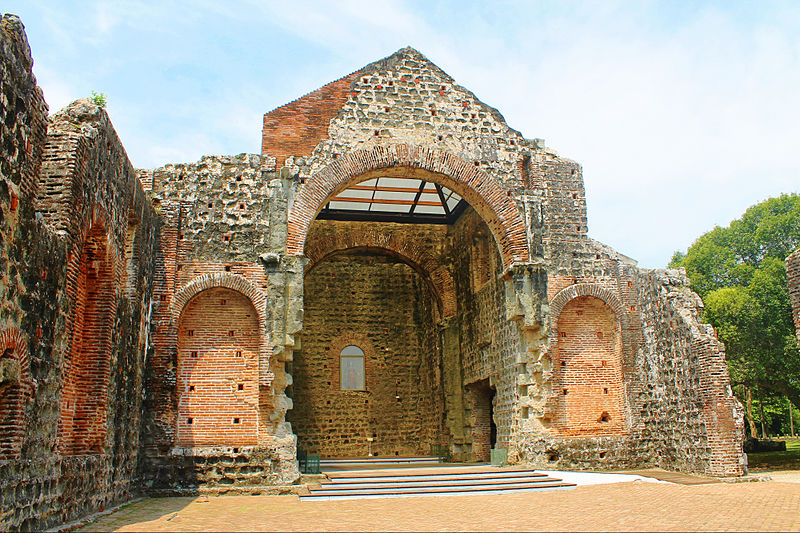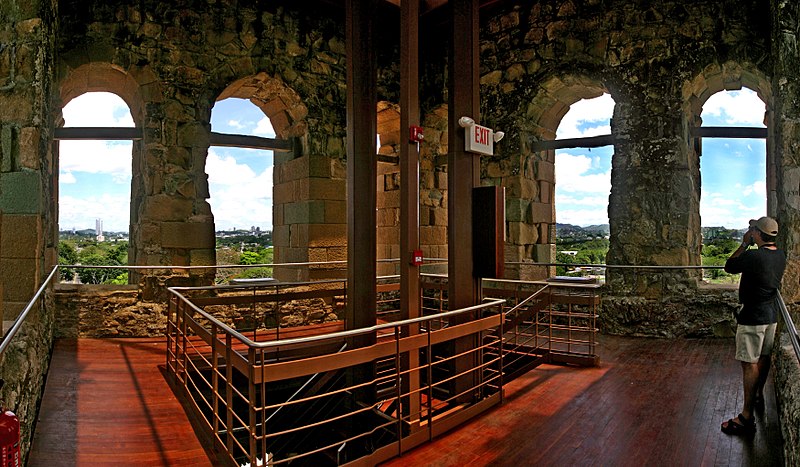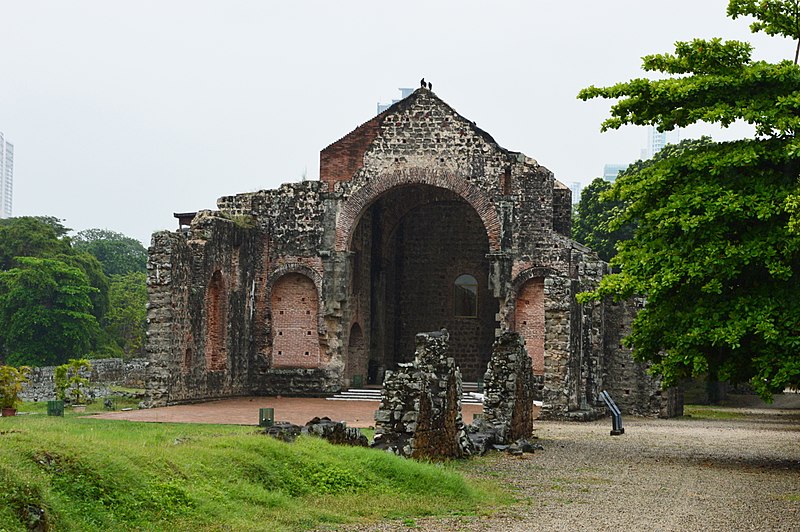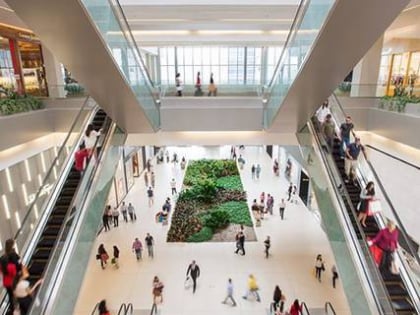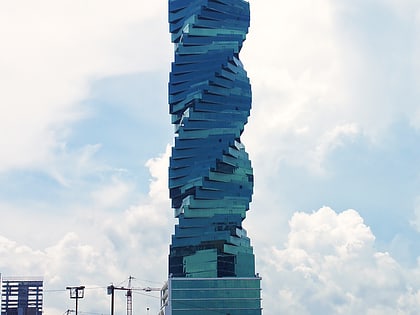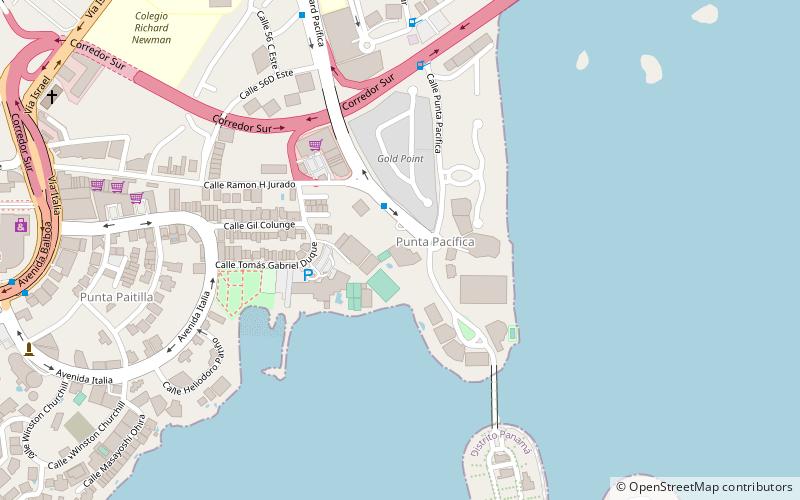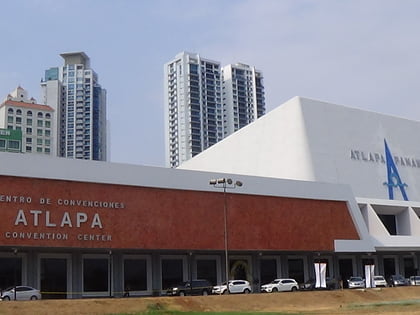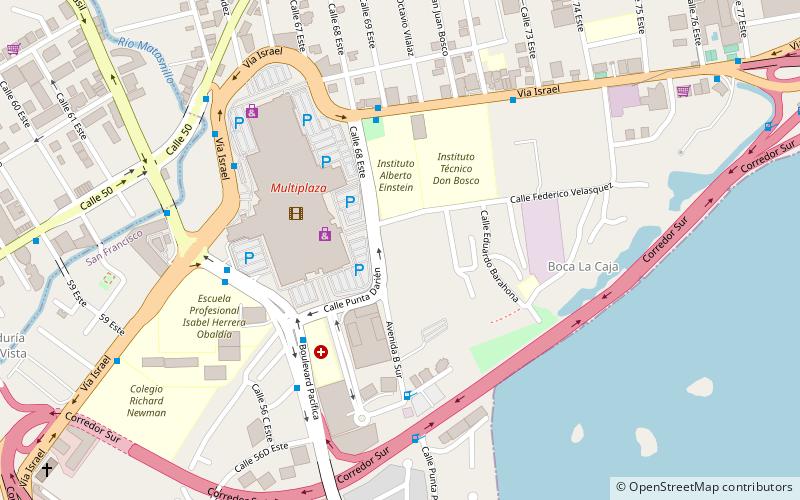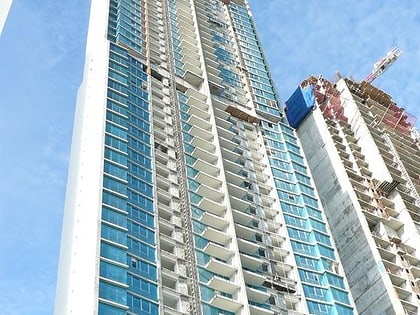Panamá Viejo, Panama City
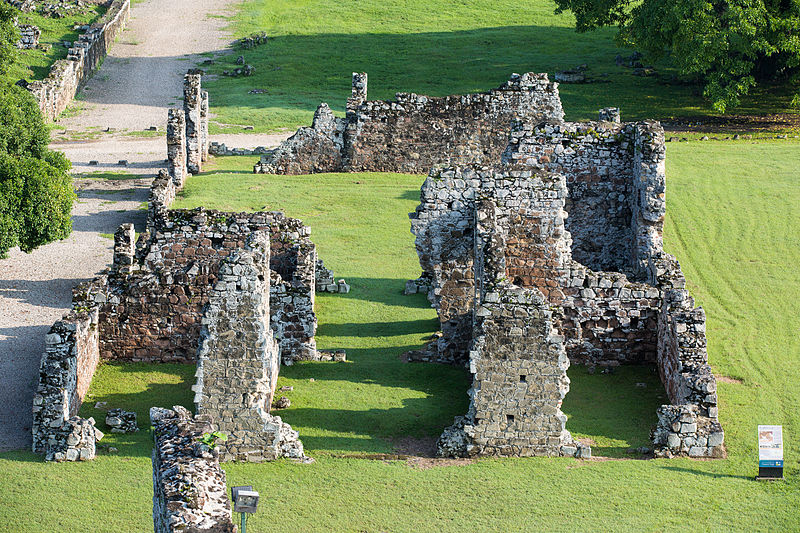
Facts and practical information
Panamá Viejo, an evocative archaeological site located in Panama City, Panama, stands as a historical testament to the earliest European settlement on the Pacific coast of the Americas. Founded in 1519 by Spanish conquistador Pedro Arias Dávila, the site was once a bustling city and the launching point for expeditions that conquered the Inca Empire in Peru.
Today, the ruins of Panamá Viejo are a poignant reminder of the city's former grandeur before its destruction and subsequent abandonment in 1671, following a devastating attack by the pirate Henry Morgan. The remnants of the city include a mix of domestic, religious, and municipal structures that offer a window into the life of the Spanish colonial era.
The site's most iconic structure is the cathedral tower, which still stands proudly, albeit in a state of ruin, and serves as a primary landmark visible from afar. Visitors can climb the tower to gain a panoramic view of the surrounding landscape, which juxtaposes the old with the modern skyline of Panama City.
Declared a UNESCO World Heritage Site in 1997, Panamá Viejo is an integral part of the Historic District of Panama, offering a unique historical experience for those looking to understand the origins of this vibrant country. The site includes a museum that provides detailed insights into the history and significance of the city and its role in global trade during the colonial period.
Panamá Viejo – popular in the area (distance from the attraction)
Nearby attractions include: MultiPlaza Mall, Soho Mall, JW Marriott Panama, BICSA.
